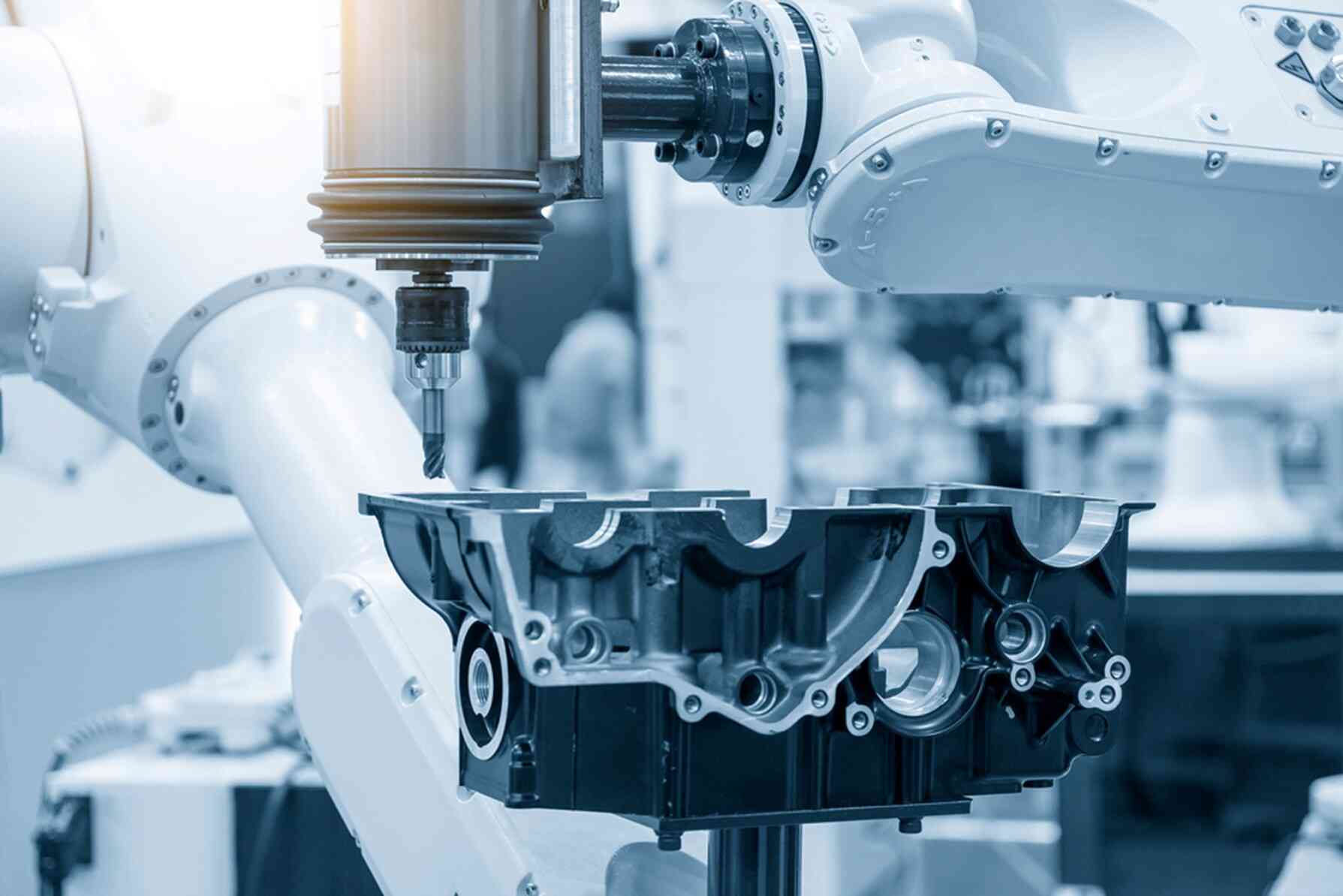Introduction of several commonly used hose clamps
Sep 14, 2023
1. American hose clamp, also known as conventional hose clamp, is a general-purpose hose clamp that is widely used.
Features: The rectangular hole on the steel belt provides a more powerful and precise bite, and the torque is larger than that of the German hose clamp; the disadvantage is that there is a dead angle under the worm, which is prone to leakage.
Application: American hose clamps are widely used, mainly including the automotive industry (connection of air intake system, radiator hose, heater hose, turbocharger, diesel particulate filter, exhaust gas circulation system, etc.), fire protection, railway,White goods, agriculture, maritime, medical and food industries.
2. German hose clamp, The main difference between the German hose clamp and the American hose clamp is that it is non-perforated, and the non-perforated and flanged design can protect the surface of the hose from damage.
Features: balanced torque, uniform pressure, can provide a stable and safe fastening effect; the disadvantage is that there is a dead angle under the worm, which is prone to leakage.
Application: Usually used in the automotive industry, white goods, industry, mining, maritime and other industries, especially for the connection of hoses, the corresponding material can be selected according to the actual application environment.
3. single-ear stepless hose clamp
Features: 360° stepless design, even force compression on the surface of the hose, all-round sealing guarantee, no dead angle. The cochlear design compensates the dimensional changes of the fastened parts caused by temperature changes, maintains a good fastening state for a long time, and effectively prevents leakage; small in size, simple, fast and safe to install.
Application: Widely used in hoses and plastic pipes, especially suitable for beverages, automobiles, ships, motorcycles and industries.
Installation: This kind of hose clamp installation requires the use of special single-ear stepless clamps. Put the hose on the appropriate size single-ear stepless hose clamp, insert it into the connecting device, and place the hose clamp in the correct position. Then clamp the hose clamp ears with single-ear straight pliers, and use side pliers if the space does not permit, and make them parallel to the pipe fittings when installing.
4. T-shaped strong hose clamp
Features: The strap has strong tension and torque, and provides uniform sealing pressure. There is no dead angle in 360° to effectively prevent leakage. The edge and inner side of the strap are smoothed to protect the rubber hose. The welded structure improves safety and reliability.
Applications: T-bolt hose clamps are used to provide leak-free connections, typical installations include truck air intakes and hoses, automotive cooling valve piping, turbine flange connections, motorcycle exhaust systems, marine applications, rubber hoses for irrigation systems, water pump hoses and filter bags, etc.
5. Torque compensation hose clamp
The torque compensation hose clamp is developed on the basis of the conventional hose clamp. By adding an elastic steel ring inside the conventional hose clamp, it can effectively compensate for the torque attenuation caused by the aging of the hose or thermal expansion and contraction.
Features: The unique design of the deformable elastic steel ring has no dead angle of 360° compared with the conventional hose clamp, which can effectively compensate the torque attenuation and prevent leakage and loosening.
Application: Widely used in automobile industry, marine, household appliances, motorcycles, food, agriculture, fire protection and other fields.
